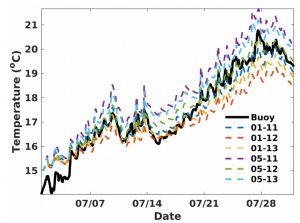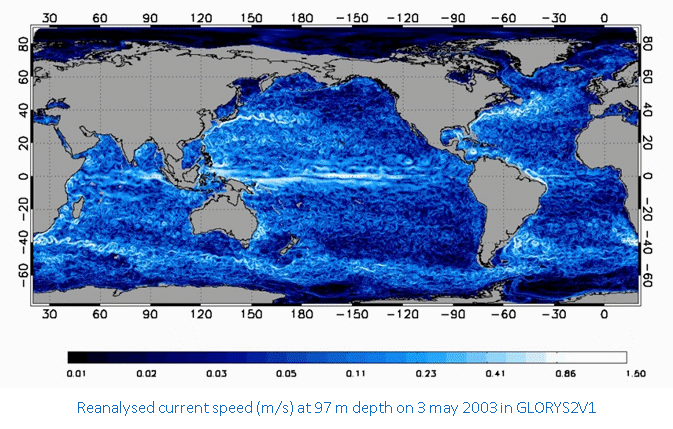DIURNAL VARIABILITY OF THE OCEAN SURFACE TEMPERATURE FOR COMMUNITY MODELLING
PI and organization: I. Karagali (DTU Wind Energy)
Co-Is: J. She (DMI), J. Hoyer (DMI), J. Murawski (DMI)
Abstract: Sea Surface Temperature (SST) is considered an essential variable by the Global Climate Observing System (GCOS) due to its important role in climate related, bio-chemical and oceanic CO2 processes. The SST diurnal variability, driven by the coincident occurrence of low wind and solar heating, is not properly resolved in CMEMS models and products. These results in biases of the total heat budget estimates, thus, demised model accuracies. In addition, diurnal SST variability complicates merging of SSTs from different satellite sensors which impacts efforts to create climate datasets. Not resolving the diurnal variability of the upper ocean temperature may additionally result in large errors when modelling harmful algal blooms. DIVOST-COM aims at developing the existing 1-dimensional General Ocean Turbulence Model (GOTM) to a common modelling tool, which can use CMEMS forecast and SST data to resolve the centimeter-scale vertical temperature structure of the upper water column. The project focuses on the Baltic Sea as a test area but the recommendations provided will be applicable for all MFCs. A better upper ocean thermal structure will impact coupling activities with atmospheric models, improve the CMEMS L4 SST products, aid interpretation of climatological SST trends and offer improvements in biological and CO2 modelling activities.
Project highlight at mid-term:

GOTM simulations (coloured lines) for July 2013 at the station of Arkona Becken in the Baltic Sea vs buoy measurements at 2 meters depth. The warming of the upper water temperature is apparent from the increasing trend. Diurnal warming appears as individual peaks, e.g. around the 28th of July where the date-time increase was more than 1 degree.


